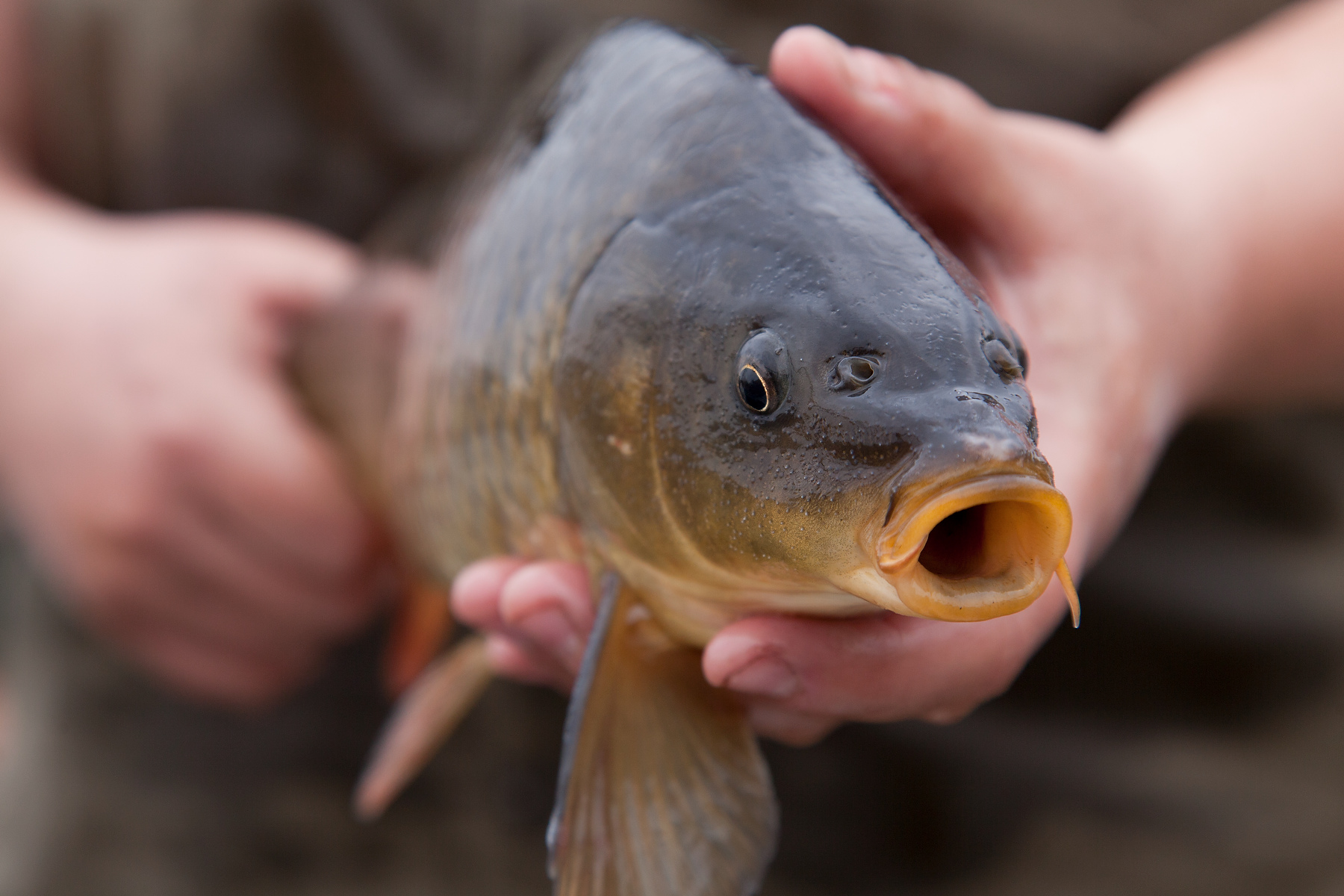This project will contrast lakes with and without carp to determine how carp impact carbon sequestration and greenhouse gas emissions, and determine the climate change and economic benefits of carp removal.
Objectives. The objectives of this project are to determine how carp affect carbon sequestration and greenhouse gas emissions from 18 Minnesota lakes and determine both the climate change and economic benefits of carp removal.
The project team will analyze 18 lakes:
- With established, abundant (>100 kg/ha) carp
- Where carp have been eradicated
- Lakes in which carp have not been detected by fish monitoring
Scientists will measure the abundance of carp and aquatic macrophytes in the 18 lakes and estimate sediment accumulation rates and greenhouse gas emissions, including carbon dioxide (CO2), methane (CH4), and nitrous oxide (N2O).
Why. Carp are known to be deleterious to the social value and quality of lake water, but it's quantitatively unknown how carp affect the accumulation of carbon (C) in lake sediment and how carp might exacerbate greenhouse gas emissions.
Who. The project team's goal is to provide analyses that gives lake managers at the Minnesota Department of Natural Resources, other agencies, tribes, and policy makers the applied tools they can use to determine how to optimally apply carp management to Minnesota lakes.

